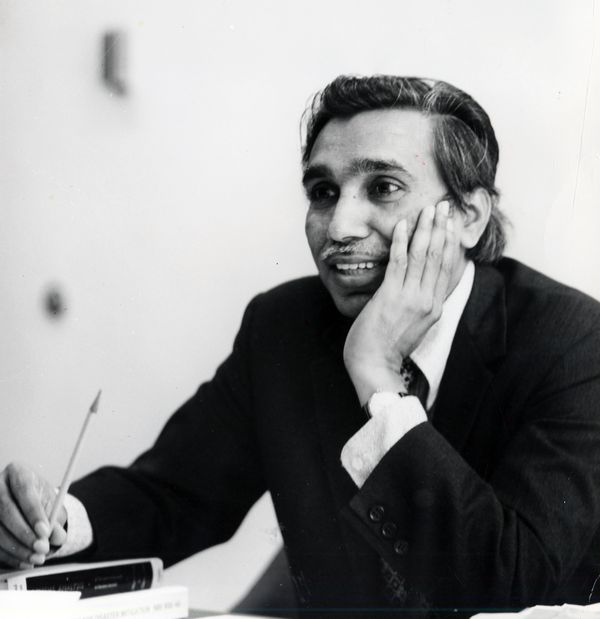Remembering the ‘Einstein of Structural Engineering’
With 2013 marking the arrival of the Queen Elizabeth Prize for Engineering, comes a newfound sense of recognition for the structural engineers of present and past. Some might argue engineers don’t always get the credit they deserve for providing the core infrastructure of the modern building. Though most of us can name Bruce Graham as the architect of what was the world’s tallest building until 1998, the 110-story Sears Tower, very few can name the engineer behind the project. It is actually a man who became known as the, ‘Einstein of Structural Engineering,’ a brilliant mathematician from what is now Bangladesh, Fazlur Khan.

“The technical man musn’t be lost in his own technology. He must be able to appreciate life, and life is art, drama, music, and most importantly, people,” is just one of many pieces of advice left behind by Dr. Fazlur Khan (1929-1982). Born in Dacca, Bangladesh in 1929, Dr. Kahn grew up in the village of Bhandarikandii. He got his Bachelor of Civil Engineering degree from University of Dhaka and pursued advanced studies at the University of Illinois at Urbana-Champaign. Within three years, Dr. Khan earned two Master’s degrees, one in structural engineering and one in theoretical and applied mechanics, as well as a PhD in structural engineering.
Dr. Khan’s professional life began in 1955 at Skidmore, Owings and Merril (SOM) in Chicago, IL. During his 21-year tenure at SOM, Dr. Khan engineered iconic buildings such as the John Hancock Center and the Sears Tower. Such massively tall buildings were built with his innovation of the tubular framing concept for high-rise construction. This discovery truly initiated a new era of skyscraper design as it reduced the amount of steel needed in construction of such buildings.
It was at SOM where Dr. Khan met and began to work closely with architect Bruce Graham of Sears Tower fame. Graham was sympathetic to Dr. Khan’s principle that, “…good architecture must also be good engineering and particularly good structure.” It was these types of beliefs by Dr. Khan that transformed the field of engineering, blending together an understanding of forces, materials, and structural behavior, as well as art, literature and architecture. Dr. Khan was not only a creative structural engineer he was also a philosopher, visionary, educator and humanitarian. He said, “Think logically and find the relationships which exist in every system, because it will help you understand nature itself, making living more meaningful and exciting.” According to John Zils, senior engineer and associate partner at SOM, “It was his unique ability to bridge the gap between architectural design and structural engineering that truly set Faz apart from other structural engineers.” Because of that unique thinking, Khan became an icon in both architecture and structural engineering and earned his nickname as structural engineering’s very own Einstein.
July 2013